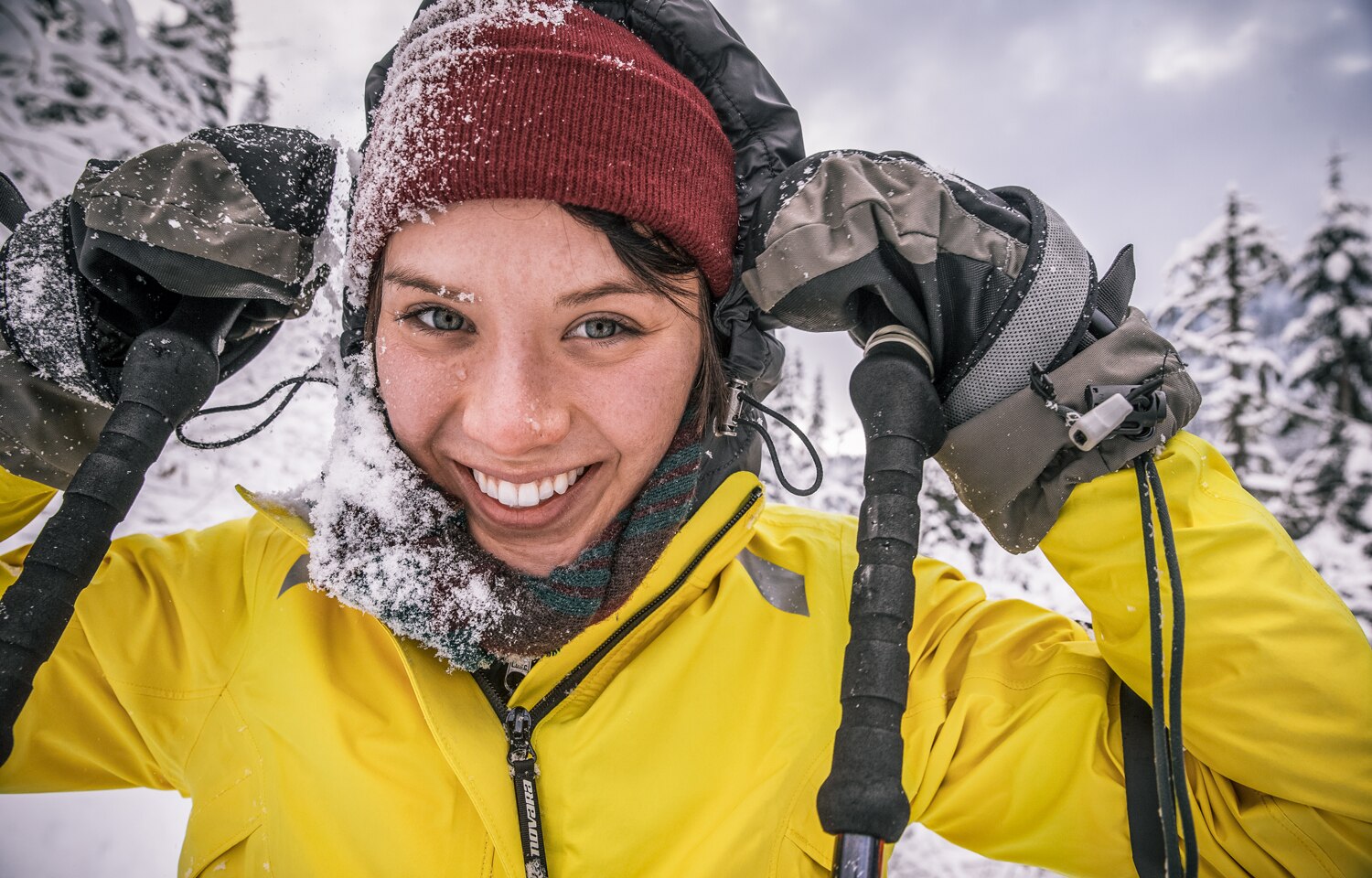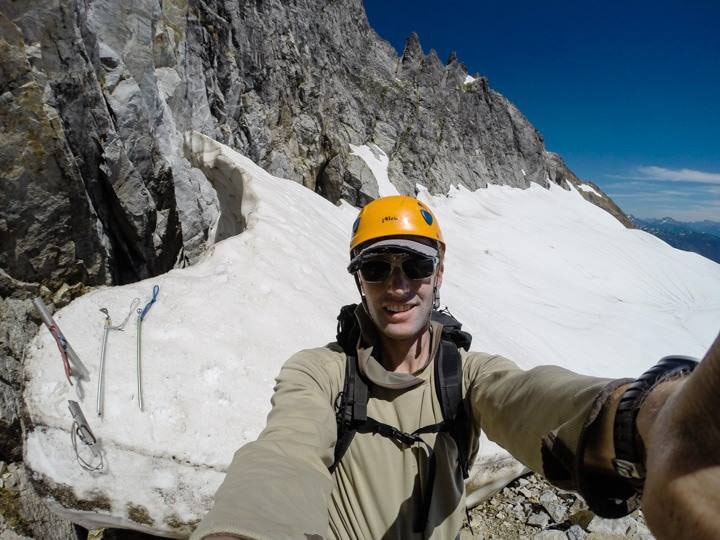Some people accept cold hands as the price of admission to wintertime fun. But Hannah Olson, an REI Outdoor School instructor in Minneapolis, says if you're suffering through outings with frigid fingers then you're doing it all wrong. And we have reason to believe her: Hannah has camped out in temps as cold as minus 40 degrees Fahrenheit, and believe it or not, she actually had fun doing so. She shared with us how she does it.
Here are eight rules for keeping your hands warm:
1. Stay warm, don't get warm.
This may sound obvious, but your No. 1 priority is to stay warm. It's a lot of work to warm up frigid fingers, so focus on starting warm and staying that way rather than scrambling to get warm while you're out there. To stay warm, pull on a pair of quality gloves or mittens (mittens will almost always be the warmer option) and read on to learn more.
2. Take care of your core.
When your fingers are cold, it's natural to focus on what you're wearing on your hands. But don't neglect the rest of your body, especially your core (torso). Wear warm layers and adjust what you're wearing based on your activity level and changes in weather (learn more about layering). With a warm core, your body will be able to pump out plenty of heat to your extremities, like fingers and toes.
3. Stay dry.
Wet hands are cold hands, so you need to keep your hands dry. A good pair of waterproof gloves or mittens will keep moisture from getting in from the outside, but you also need to be mindful of overheating and getting sweaty (sweaty hands and gloves cool down quickly when you stop moving). The solution is to choose your gloves or mittens based on your activity (i.e. don't wear giant mountaineering mittens during high-output activities, such as running or cross-country skiing.)
A layering system consisting of lightweight or midweight liner gloves worn under warm, waterproof shells gives you options. You can wear only the liner gloves when you're hot and pull on the shells when you cool down. The liner gloves also give you great dexterity when you need it, without exposing bare skin.
4. Block the wind.
A cool breeze can send shivers down your spine and freeze your fingers. A waterproof glove or mitten is naturally windproof, but if you're wearing fleece, look for something that's windproof.
5. Avoid tight clothing.
Wristwatch bands, shirt cuffs or too-tight gloves or mittens can cause poor circulation and result in really chilly hands. Make sure your clothing and gear fit properly.
6. Keep moving.
Leaving your hands motionless for too long in cold temps is never a good idea. Remember this and wiggle your digits from time to time. If your hands get uncomfortably cold, warm them up with simple movements to increase blood flow to your fingers, such as arm circles. Be extra vigilant about moving your fingers and hands if you're using trekking poles or ski poles. While holding poles, your hands are stuck in a gripped position and they're elevated, making it tougher for blood to reach them.
7. Add heat.
Hand warmer packets are a great way to warm your fingers, especially if you're prone to cold fingers and/or have poor circulation. There are other options, too, such as gloves and mittens with heating elements built into them.
8. Don't try to tough it out.
If you feel your fingers getting cold, stop and take the time to check on them and warm them up. Placing cold fingers in your armpits or on a friend's warm belly are good ways to warm up fast, or try the tips in rules 6 and 7.
You can learn more about staying warm in our Cold-Weather Hiking Tips article.

